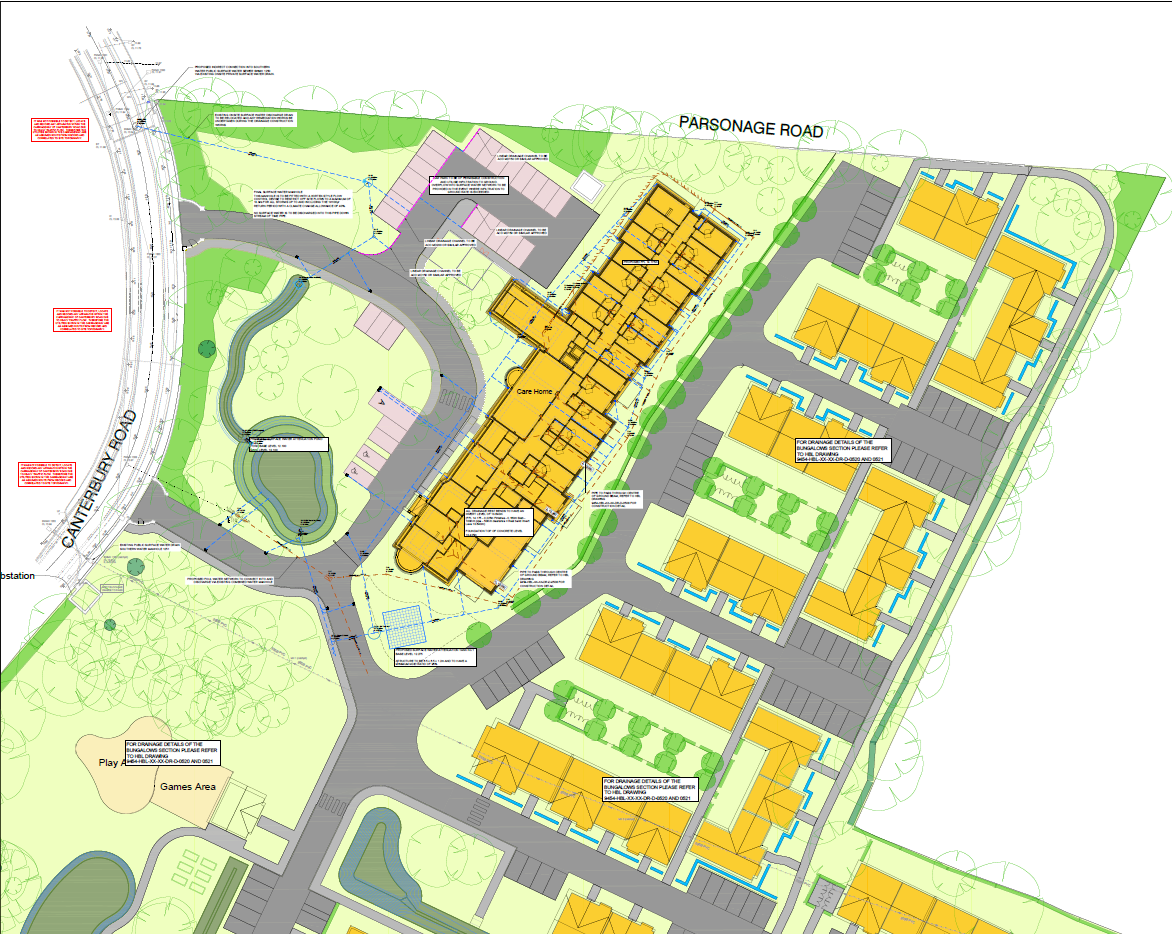
Making sure you connect to the right pipe: further work to reduce storm overflows
When surface water (rainwater) drainage is connected to a wastewater sewer, or wastewater is connected to a surface sewer, it can create an illegal connection and can cause great damage to the environment.
Understanding the UK sewer system
As well as combined sewers, the UK has wastewater sewers carrying wastewater away to be treated and surface water sewers to send rainwater straight out to local watercourses.
What are illegal connections?
An illegal connection is when one type of drainage (surface water or wastewater) is connected to the wrong type of sewer.
Why are they a problem?
If wastewater is connected to a surface water sewer, then it goes straight out to rivers or the sea untreated and causes water pollution.
Connecting surface water to a wastewater sewer seems harmless enough as it all goes off for treatment anyway. However, wastewater treatment works can only handle so much water at any given time and extra surface water can quickly overwhelm the system, especially with the large and sudden amounts of rain we often experience.
When a wastewater treatment works becomes overwhelmed and cannot treat water at the rate it’s coming in, it first uses extra storage like storm tanks, but these tanks can fill up in as little as 20 minutes in heavy rain. Once all the storage is full and there is nowhere else for the incoming water to go, storm overflows are used which can also cause pollution.
Case study: Herne Bay
The problem
While planning the sustainable drainage for a new development on Canterbury Road, Herne Bay, it was discovered that the developments' surface water pipe would be later connected to the wastewater sewer.
We found that once the pipework was connected, over 13 litres of water per second would be rushing into the wastewater sewer when it rained. That’s 46,800 litres of extra water headed to the local wastewater treatment works for just one hour of heavy rain.

What we're doing about it
Work is underway to disconnect the surface water pipe from the wastewater sewer and lay additional pipework to connect it back into the main surface water sewer.
The benefits
Reducing the amount of surface water ending up at wastewater treatment works through surface water separation will help reduce storm overflow releases, and allow the sites function more effectively.
Learn more about surface water separation
What's next?
We're investing more in the local area to reduce and slow the amount of surface water entering the system in the longer term. We’re mainly using nature-based solutions to achieve this, with a strong focus on maintaining and boosting community green spaces and local biodiversity.
Look at our Clean Rivers and Seas Plan to see all our planned storm overflow investments on an easy-to-use interactive map.
James Latter, Pathfinder Project Manager said:
“Locating and disconnecting surface water lines, which are confirmed to be connected to the foul system, remains a priority for the Clean Rivers and Seas Task Force. The removal of this excess surface water will have a significant impact in reducing the storm overflows into our rivers and seas."
